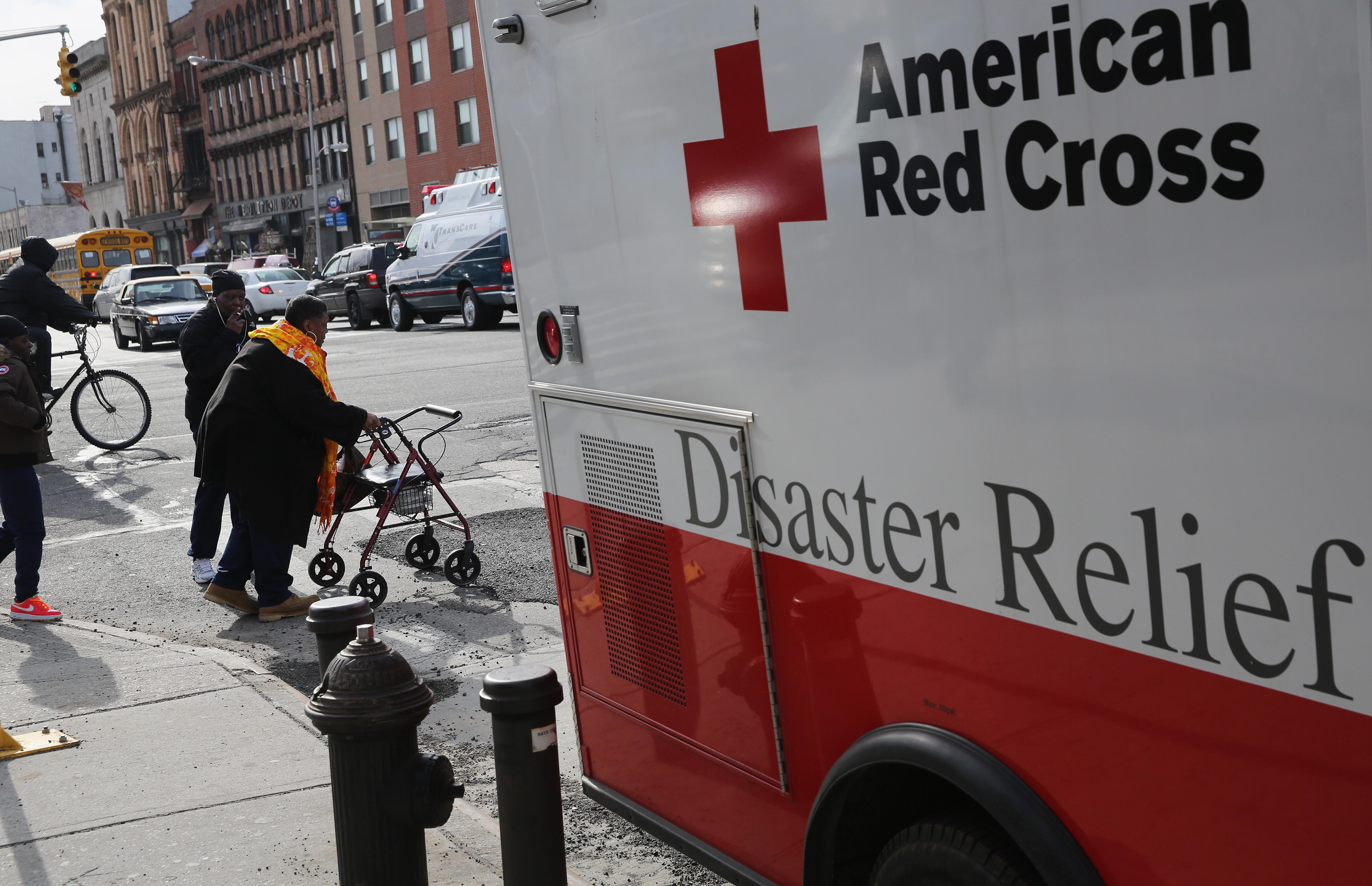There’s an idea you sometimes hear from conservatives like Paul Ryan that government spending has “crowded out” private charity from American life by sucking up money as taxes that could otherwise be donated and convincing people they don’t need to be civically engaged. And, in fact, there may be a little truth there. Research has suggested, for instance, that New Deal programs during the Depression led to a 30 percent drop in charitable spending by churches. A paper looking at the years spanning 1965 to 2003 also found a negative relationship between government expenditures and private giving. When the state provides, people might feel less compelled to be altruistic with their money.
Still, I recently found a chart that I think at least complicates the idea that government necessarily cannibalizes philanthropy. Jacob Funk Kirkegaard of the Peterson Institute for International Economics notes that people in countries with higher rates of government social spending aren’t consistently any less likely to donate money or spend time volunteering. If anything, they’re slightly more likely to, though the trend isn’t very strong.
This doesn’t disprove the idea that public programs have nudged out community groups in the U.S. But it does suggest that there are some very strong influences beyond government, such as a cohesive culture and sense of civic duty, that may have as much or more to do with whether people are willing to give their time and money to help others.
